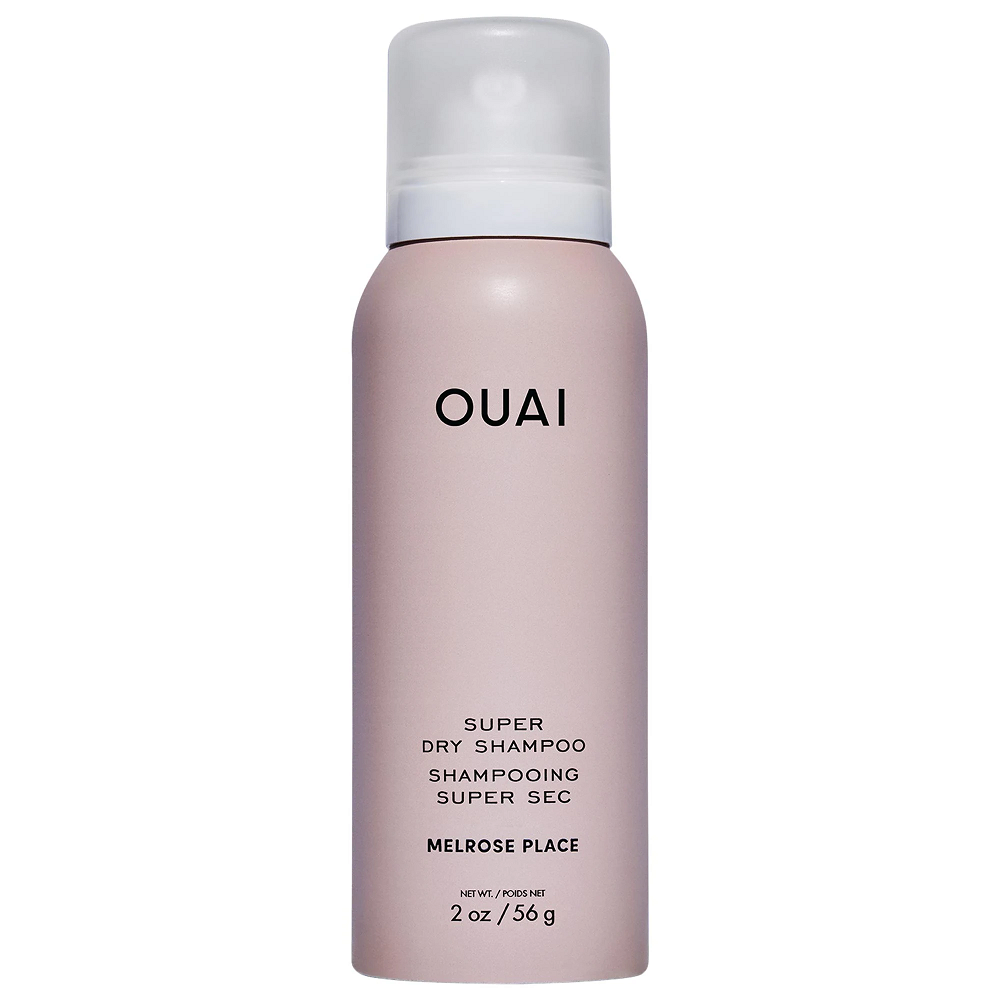In today’s fast-paced world, many individuals find themselves juggling busy schedules that leave little time for self-care, including hair care. Enter dry shampoo—a beauty innovation that has transformed the way we maintain our hair between washes. Dry shampoos are spritzes or powders designed to absorb excess oil from the scalp and hair, refresh the look, and provide a quick fix for oily roots. This article explores the ins and outs of dry shampoos, including how they work, their benefits, the best types available, tips for effective use, and proper selection to ensure you maintain beautiful hair without the hassle of frequent washing.
What Is Dry Shampoo?
Dry shampoo has become a lifesaver for those seeking quick and mess-free hair care. It is a versatile product designed to refresh hair without water, making it a crucial part of modern grooming routines. Let’s understand its purpose and how it differs from traditional shampoo.
Definition and Purpose of Dry Shampoo
Dry shampoo is a hair care product that cleans hair without water. It works by absorbing excess oil and sweat on the scalp and roots. This leaves your hair looking fresh and volumized, even if you haven’t washed it. People use it for convenience, especially on busy days or during travel. It is also great for maintaining hairstyles between washes.
How Dry Shampoo Differs from Traditional Shampoo
Traditional shampoo requires water to cleanse your hair and scalp. It removes dirt, oil, and product buildup through lathering and rinsing. Dry shampoos, on the other hand, skip the water and focus on absorbing oils with ingredients like starches or alcohol-based formulas. This makes them ideal for quick touch-ups but not a complete replacement for regular washing. Dry shampoo is also less likely to strip the natural oils your hair needs, which helps maintain scalp health.
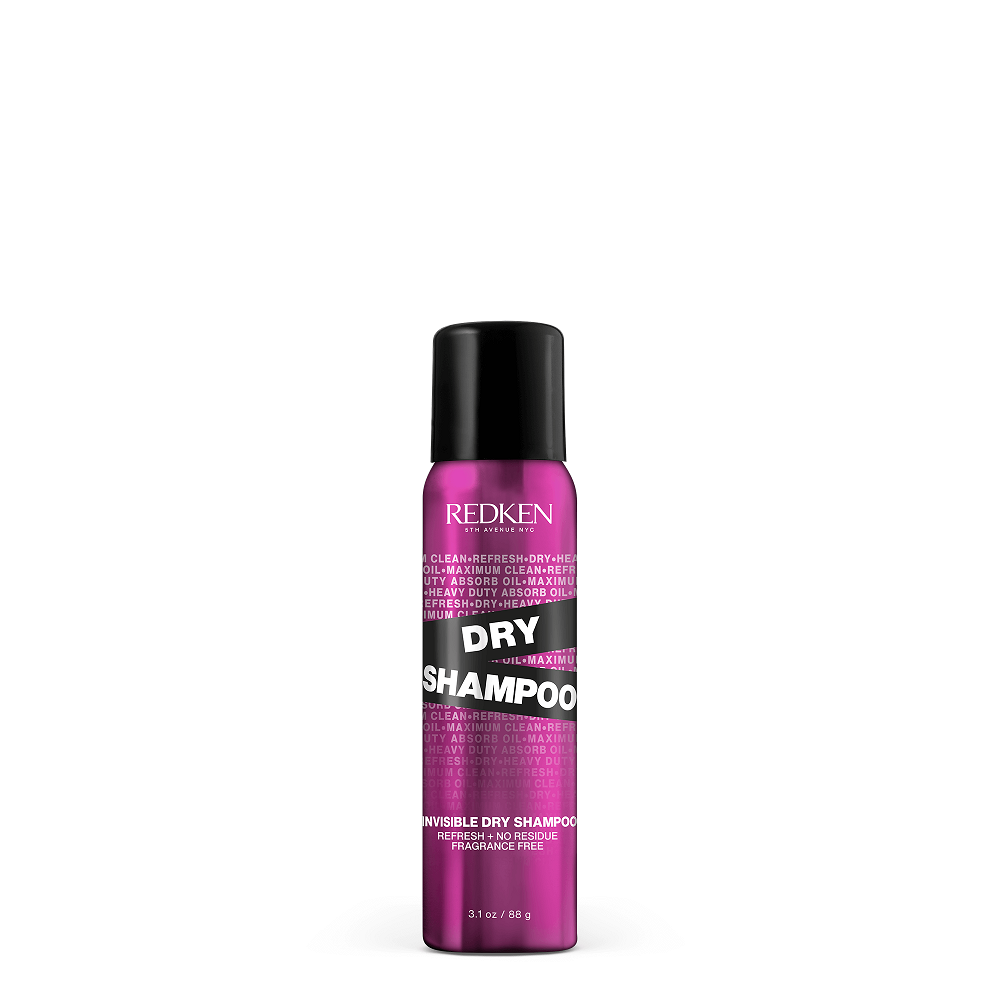
Benefits of Using Dry Shampoo
Dry shampoo offers valuable advantages, making it a preferred pick for modern hair care routines.
Convenient Hair Care Without Washing
Dry shampoo allows you to refresh your hair quickly without water. It absorbs excess oil at the roots, instantly making hair look cleaner and fresher. On busy days or during travel, it is a practical solution for maintaining your hair’s appearance. This convenience saves time and ensures a mess-free grooming process.
Extended Lifespan of Hair Styling
Using dry shampoo can help preserve styled hair by reducing disruptions from frequent washing. Hairstyles like curls or braids remain intact with fewer touch-ups needed. The product adds texture and volume, enhancing the look of various styles. This is especially useful when preparing for special events or long workdays.
Reducing Over-Washing Effects
Over-washing can strip your scalp’s natural oils, leading to dryness or irritation. Dry shampoo mitigates this issue by spacing out washes. It helps maintain your hair’s natural moisture balance, promoting scalp health. This reduces unnecessary wear and tear on hair caused by frequent shampooing and heat styling.

Types of Dry Shampoo
Dry shampoos come in several formats, catering to different preferences and hair needs. Understanding each type helps you make the best choice for your hair care routine.
Aerosol Sprays
Aerosol sprays are the most popular type of dry shampoos. They are easy to use and distribute evenly, thanks to the spray format. The formula usually contains starch or alcohol to absorb oils quickly. Aerosol sprays also add volume and texture, making them ideal for styling. Simply shake the can, spray on roots, and massage for instant freshness.
Powder-Based Formulas
Powder dry shampoos are great if you prefer a non-aerosol option. They are typically packaged in shaker bottles or jars. Powders work by absorbing oil and sweat at the roots, leaving your hair clean and refreshed. They are often made with ingredients like rice starch, talc, or clay. This type is travel-friendly and environmentally conscious, with minimal packaging waste.
Foam Dry Shampoos
Foam dry shampoos offer a unique alternative for cleansing without water. They have a lightweight foam texture that absorbs excess oil and refreshes hair. Foam products are especially suitable for curly or textured hair since they avoid residue buildup. To use, apply the foam to your roots, blend it into your hair, and let it dry naturally. This type provides extra moisture without sacrificing cleanliness.
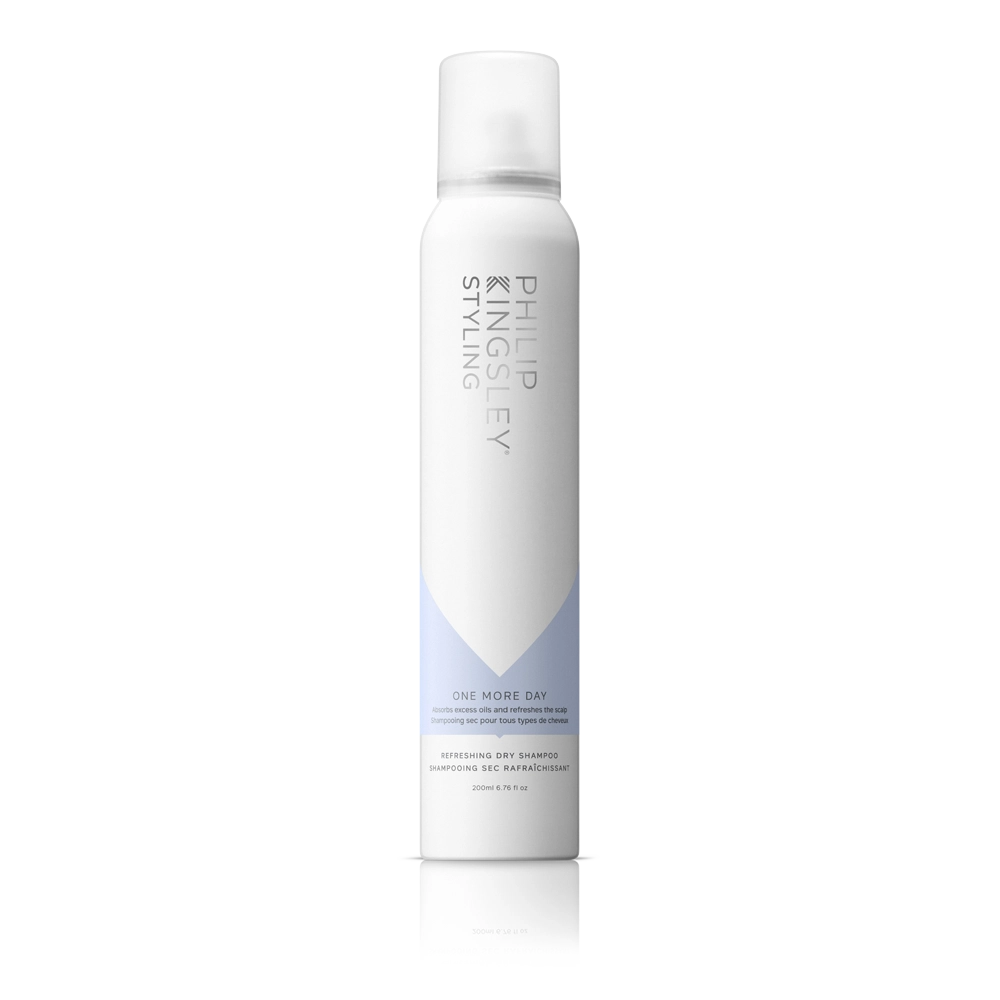
How to Use Dry Shampoo Effectively
Dry shampoos are amazing for refreshing hair quickly, but proper application is key. Here’s a guide to using dry shampoo effectively and achieving the best results for your hair.
Step-by-Step Application Guide
- Choose the Right Product for Your Hair Type: Select a dry shampoo suitable for your hair’s texture and needs. Aerosol sprays, powders, or foams work best for different hair types.
- Shake the Dry Shampoo Well: Before applying, ensure the product is mixed properly by shaking the container thoroughly.
- Section Your Hair: Divide your hair into small sections to evenly distribute the product. Focus on oily areas near the scalp.
- Spray or Apply to the Roots: Hold aerosol sprays 6-8 inches from your scalp and spray lightly. If using powder or foam, apply a small amount to the roots directly.
- Massage or Blend In: Use your fingertips to massage the product into the roots. This ensures oil absorption and prevents visible residue.
- Let It Sit: Allow the product to sit for a few minutes before styling. This gives it time to properly absorb oils.
- Brush or Comb It Out: Use a brush or your fingers to remove excess product and blend fully. Style as desired.
Common Mistakes to Avoid
- Overusing the Product: Too much dry shampoo can cause buildup and weigh your hair down. Use it sparingly.
- Applying Too Close to the Scalp: Keep aerosol sprays at the recommended distance to avoid a concentrated, powdery look.
- Skipping the Massage Step: Not working the product in can lead to uneven application and visible residue.
- Using It Too Frequently: Relying on dry shampoos too often can clog hair follicles. Alternate with regular washing.
- Not Choosing the Right Type: Use a dry shampoo formulated for your specific hair type to ensure optimal results.
With these steps and tips, you can master the proper use of dry shampoos and keep your hair looking fresh and healthy.
Best Dry Shampoos on the Market
Selecting the right dry shampoo can transform your hair care routine. Here are some top picks and recommendations tailored to different needs.
Top Brands and Products for Different Hair Types
- Batiste Dry Shampoo: A favorite for all hair types. It refreshes and adds volume instantly.
- Living Proof Perfect Hair Day Dry Shampoo: Ideal for those seeking salon-quality freshness. It effectively removes oil and odor.
- Amika Perk Up Dry Shampoo: Suited for fine or thin hair, it adds weightless texture without residue.
- Klorane Dry Shampoo with Oat Milk: Best for sensitive scalps. It uses natural oat milk to gently clean and nourish.
- Moroccanoil Dry Shampoo: Available in formulas for light and dark tones, perfect for color-specific needs.
Each of these brands uses unique ingredients, making them suitable for diverse hair textures and concerns.
Recommended Picks for Specific Needs
- For Oily Hair: Not Your Mother’s Clean Freak Dry Shampoo absorbs oil and keeps hair grease-free.
- For Curly Hair: Briogeo Scalp Revival Charcoal + Biotin Dry Shampoo fights buildup on curly textures.
- For Colored Hair: IGK First Class Charcoal Detox Dry Shampoo is color-safe and refreshes dyed locks.
- For Volume Boost: Dove Volume and Fullness Dry Shampoo provides extra lift and body.
- Travel-Friendly Option: Lush No Drought Dry Shampoo is compact and perfect for frequent travelers.
By choosing the right dry shampoo, you can meet your specific hair care needs effectively. Always check ingredient labels and match products to your scalp type for optimal results.
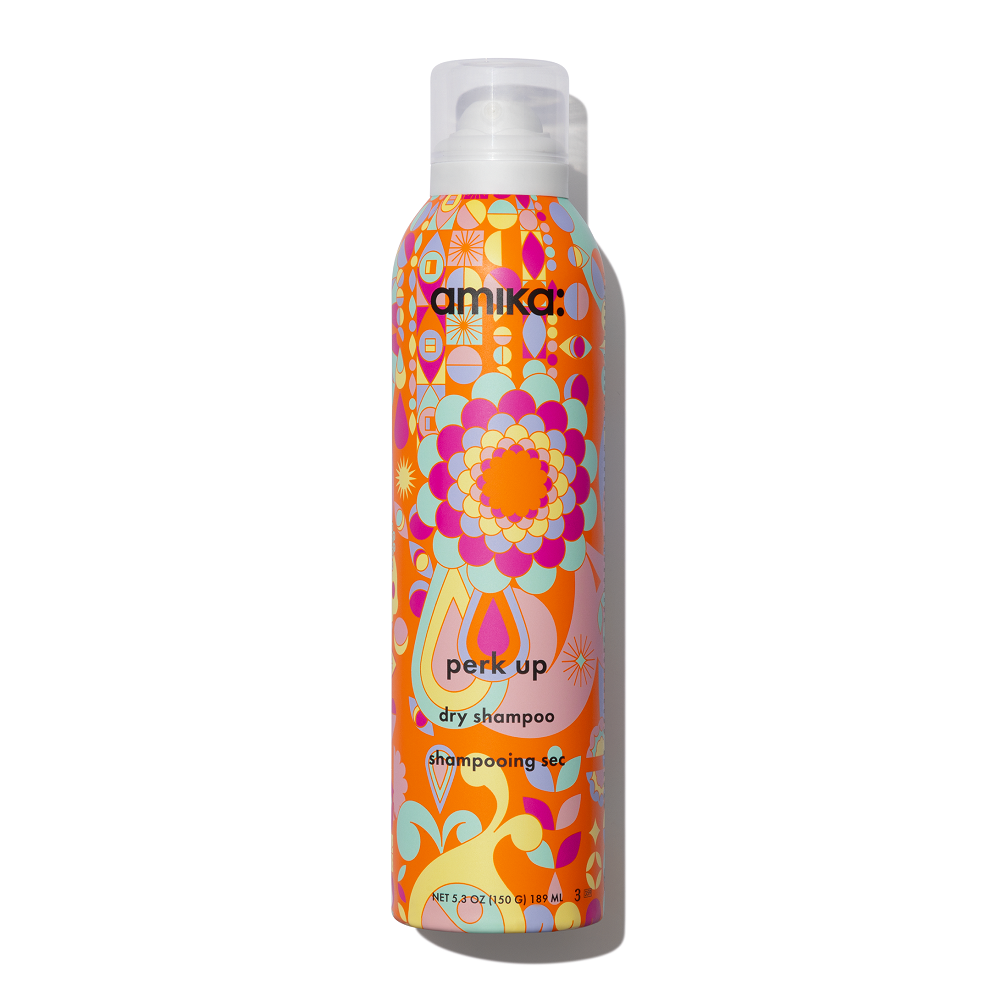
DIY Dry Shampoo Recipes
Creating your own dry shampoo can be simple and cost-effective. Homemade solutions use natural ingredients, ensuring safety and customization for your hair care needs.
Ingredients Required for Homemade Solutions
- Absorbent Base: Use items like cornstarch, arrowroot powder, or baking soda to absorb oils. These ingredients help freshen your hair by tackling grease.
- Color Adjustments: Add cocoa powder for dark hair or cinnamon for red tones. This prevents visible residue and matches your hair color.
- Optional Oil: Essential oils like lavender or peppermint add a pleasant scent. Just a drop or two enhances fragrance while soothing the scalp.
- Carrier Bottles: Use shaker jars or old spice containers for easy application. Even distribution is key to effective use.
Easy Preparation Methods
- Combine Ingredients: Mix your absorbent base with any optional color additives or essential oils. Stir until the mixture is even.
- Storage: Transfer the prepared mixture into a shaker bottle or clean jar. Keep it sealed for freshness.
- Application: Sprinkle or brush the dry shampoo onto your roots. Focus on oily areas.
- Blend and Style: Use your fingertips to massage and blend the powder. Style your hair as desired.
DIY dry shampoos are free from chemicals and tailored to individual needs, making them a great alternative to store-bought options.
Things to Consider Before Choosing a Dry Shampoo
Selecting the right dry shampoo is crucial for maintaining healthy and fresh hair. Here are key factors to keep in mind before making a purchase.
Hair Type Compatibility
Different dry shampoos work best for specific hair types. Choose products that suit your texture.
- Oily Hair: Opt for highly absorbent formulas like powders to control grease effectively.
- Curly or Textured Hair: Use foam dry shampoos to avoid residue buildup and provide moisture.
- Fine or Thin Hair: Lightweight aerosol sprays add volume without weighing hair down.
- Colored Hair: Choose color-specific dry shampoos to prevent dullness and maintain vibrant tones.
Understanding your hair type ensures better results and minimizes any adverse reactions. Always read labels for usage recommendations based on hair texture.
Ingredients to Watch Out For
Some ingredients can affect scalp health. Knowing what’s inside your dry shampoo is important.
- Absorbent Agents: Look for natural starches or clays instead of synthetic chemicals for safer use.
- Fragrances: Choose mild scents to avoid irritation or allergic reactions on sensitive scalps.
- Alcohols: Avoid high alcohol content as it can lead to dryness or itchiness.
- Talc: Ensure talc is asbestos-free, as contaminated talc can pose health risks.
Researching ingredients helps protect against unwanted effects and aligns with personal health preferences.
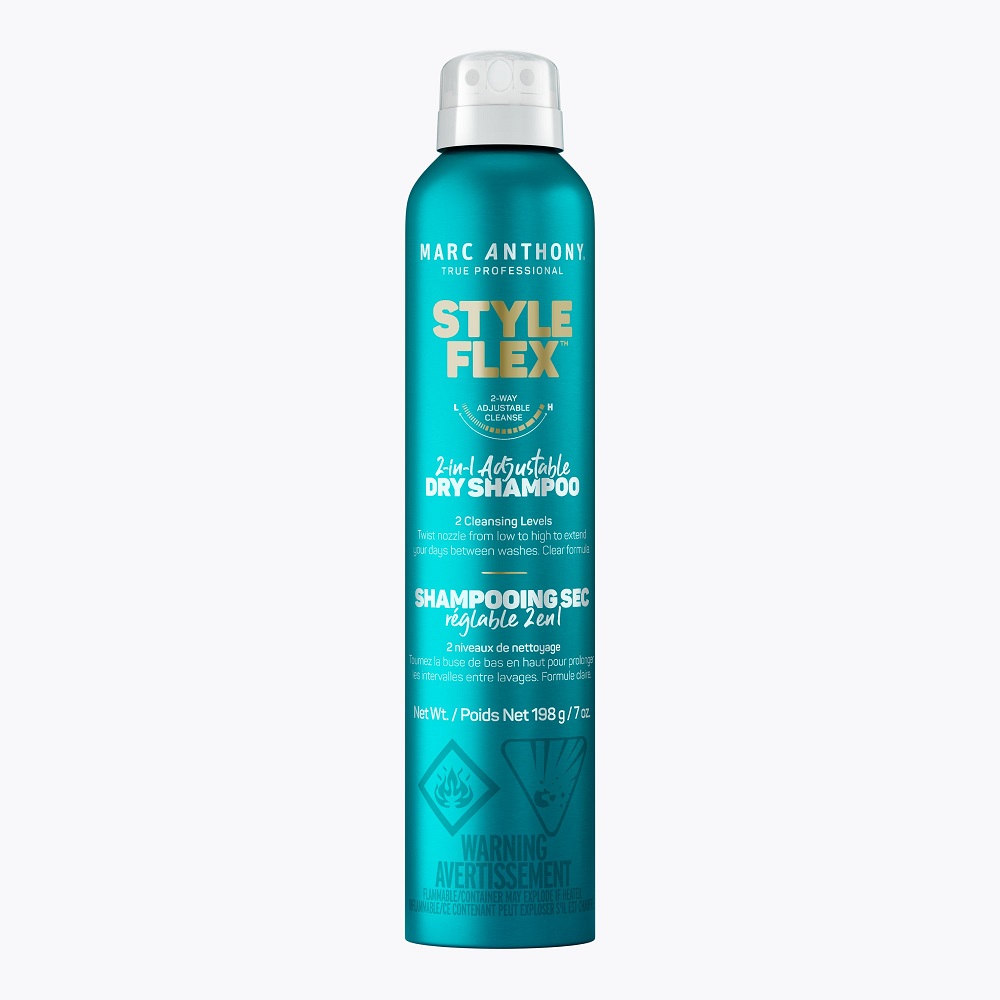
Environmental Impact of Dry Shampoo Products
Environmental concerns are important when choosing dry shampoo. Here’s what to consider:
- Packaging: Select brands with recyclable or eco-friendly packaging to reduce waste.
- Aerosols: Aerosol sprays can contribute to air pollution. Try powder-based options to minimize impact.
- Ingredient Sourcing: Look for sustainably sourced ingredients that support ethical practices.
- Cruelty-Free Labels: Pick brands that do not test on animals for a more humane choice.
By considering environmental aspects, you can make a more responsible and sustainable purchase.
Making an informed choice about dry shampoo ensures great hair while meeting your health and environmental standards.
Common Misconceptions About Dry Shampoo
Not a Substitute for Washing
One of the most common misconceptions about dry shampoo is that it can replace traditional washing entirely. While dry shampoo effectively masks oil between washes, it is not a cleanser; it does not wash away dirt, sweat, or product buildup. Education on this product is essential for maintaining healthy hair. Emphasizing that dry shampoo should be utilized as a supplementary product rather than a complete substitute can help individuals develop a balanced hair care routine.
Only for Oily Hair
Another misconception is that dry shampoo is solely for individuals with oily hair. While it is particularly beneficial for oil control, individuals with dry or curly hair can also enjoy its benefits. For people with coarser textures, dry shampoo can help absorb moisture without necessary washing while adding texture and volume for styling. Understanding this versatility broadens the audience that can effectively use dry shampoo in their routines.
Conclusion
Dry shampoos have become essential products in the hair care arsenal for anyone looking to maintain beautiful, healthy hair in an increasingly busy world. Their ability to absorb excess oil, add volume, and refresh styles makes them indispensable for individuals seeking convenience without sacrificing appearance. Selecting the right dry shampoo tailored to your hair type, mastering application techniques, and understanding its purpose can lead to successful results and satisfaction. As our lives grow busier, the simplicity and efficiency provided by dry shampoos offer the perfect solution to keep hair looking vibrant and fresh. Whether for everyday use, travel, or special occasions, dry shampoos prove their worth as essential allies in the quest for beautiful hair.
